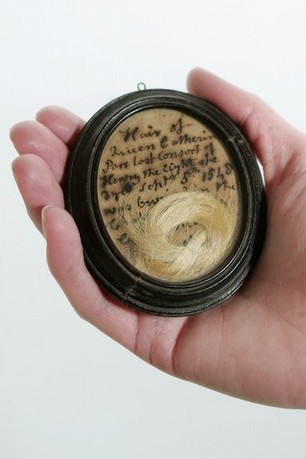
Dayton (Ohio) Herald, 25 February, 1903: “Mrs. Amy Snyder, 52, the wife of Aaron Snyder, an expressman, of 223 South Montgomery Street, was arrested Tuesday afternoon by Sergeant Fair and assistants, on suspicion of having performed a criminal operation on Miss May Smith, 19, of Xenia, which resulted in her death.”
Louisville (Kentucky) Courier-Journal, 26 March, 1903: “Miss Stella H. Stork, a pretty young woman whose home was at Huntingburg, Ind. … died at the private hospital of Dr. Sarah Murphy, 1018 West Chesnut Street, Tuesday afternoon. While peritonitis was the direct cause of death, this was brought on by a criminal operation….. George Lemp, a Southern Railway conductor, who came to Louisville with the girl last week, was arrested … but denied he had any knowledge of the girl’s condition.”
Scranton (Pennsylvania) Tribune, 27 March, 1903: “The sudden death of Mrs. Martha E. Rosengrant, widow of the late William Rosengrant, was the occasion of an inquest by Coroner Tibbins…. Mrs. Rosengrant was found dead in her bed at her home on Foundry Street on Wednesday morning…. The verdict of the jury was that Martha Rosengrant came to her death from a criminal operation performed upon her by someone to the jury unknown.”
Frederick (Maryland) News, 30 April, 1903: “The people of Myersville and vicinity are excited by the discovery of what appears to be evidence that the death of Mrs. Sarah E. Weddle, which occurred April 14, was due to a criminal operation. Mrs. Weddle was sick for about two weeks before her death.”
♦♦♦♦♦♦
When she died during the quickening Spring of 1903, widow Sarah Weddle left five young children as orphans. The lingering evidence shows she was one of the uncounted thousands of Victorian and Edwardian women who, when they fell pregnant, turned to “female pills”—herbal abortifacients advertised openly albeit with coded language—or to “criminal operations,” as illegal abortions were termed in the press.
Continue reading “Sarah Hoover Weddle: Lost to a “Criminal Operation””




